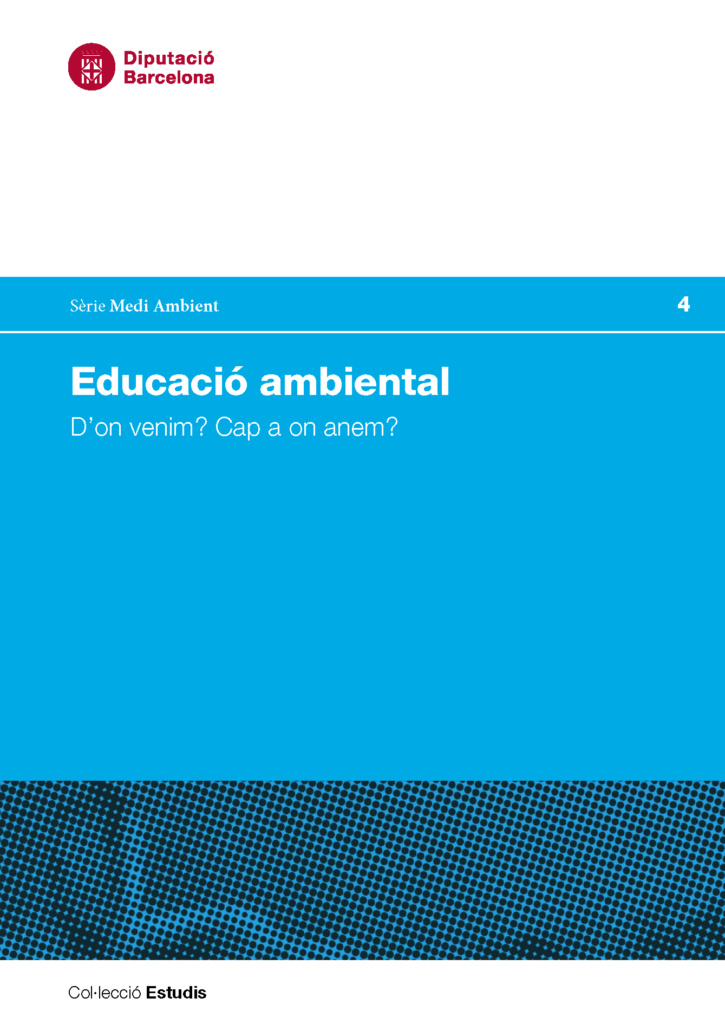When we speak about Information and Communication Technologies, it is an almost unavoidable mantra to say that this is an era of democratization of technology, of democratization of (access to) information. Meanwhile, we witness how the major technological firms grow, acquire or bury their competitors, keep on growing and concentrate the market in a decreasing number of hands. Which is quite the opposite of the democratization of technology.
Let us simplify things a little bit for the sake of the explanation.
Two of the main reasons for the centralization of production in the Industrial Age were the cost of capital and the economies of scale. That is, the need to gather huge amounts of money to build up factories and infrastructures in general meant that only organizations with lots of money (e.g. governments) or large coalitions of people (e.g. big firms and their stakeholders) could afford huge enterprises and, thus, property of the productive tissue was concentrated in few hands. This concentration had, in its turn, a side-effect: the bigger the investment, the bigger the returns, as economies of scale are significant in mass production.
In a digital economy it does not exactly work this way. Investment costs usually are much lower than in the Industrial Age. Let us take creating a newspaper. Lots of in-house journalists have to be allocated inside a building (it is cheaper this way), and an expensive printing press and tons of paper are strictly necessary before a single issue sees the light. On the contrary, a free software installation on a cheap web server is enough for a decentralized team of freelancers to create content and automatically and very cheaply put that content online (remember this is a simplification of reality).
On the other hand, though, big returns come not with doing more with less (returns of scale), basically because we are already operating with lesser costs, both fix and per unit. Returns will come with people: the more people join your (publishing in this case) platform, the bigger the returns. These are the network economies or network effect: something is more valuable the more people use it.
|
Pre-industrial
|
Industrial
|
Digital
|
|
| Capital cost | Low | High | Low |
| Economies | None | Scale | Network |
| Appropriation | Distributed | Concentrated | Distributed |
| Exploitation | Distributed | Concentrated | Concentrated |
Table 1. Centralization vs. decentralization tensions in the Digital Economy
And here is where the tension appears: as investment costs decrease, appropriation of capital — or technology — can be decentralized. That, is individual people or smaller groups have it easier to have state-of-the-art technology in their hands. When there is no copyright (an non-technical added barrier to the cost of technology), such as in openly licensed information, free software or open hardware, then costs are even lower and technology distribution can spread further and broader. This is where “democratization of technology” does apply.
But it is different with the exploitation of digital capital and digital infrastructures. Unlike appropriation, it still needs a critical mass to make the best of it, to benefit from its returns. Its nature is different — from production costs and economies of scale to network effects and network economies — but the result is similar: concentration of production of goods or delivery of services to have a deep impact.
This tension can be solved in two different ways.
- The first one is that people can still use technology for their own particular purposes, but main corporations will still dominate production — including media and agenda setting. You can have a blog, but media rule the communication market. You can have a 3D printer, but big factories produce everything. You can sell online your used stuff, but the big digital retailers distribute everything that there is to be sold. And so on.
- The second one is that there is a way where individual appropriation can be combined with collective exploitation. Or, better said, communal exploitation. Just like in cooperatives.
The latter is an idea with a highly transforming potential, because it may — it may — change the economy (and society) as we know it. It represents taking the best of XIXth century cooperatives with the best of the digital revolution. On of the most interesting ideas behind this model is described in Platform Cooperativism. Challenging the Corporate Sharing Economy by Trebor Scholz.
Here come other references for reflection:


